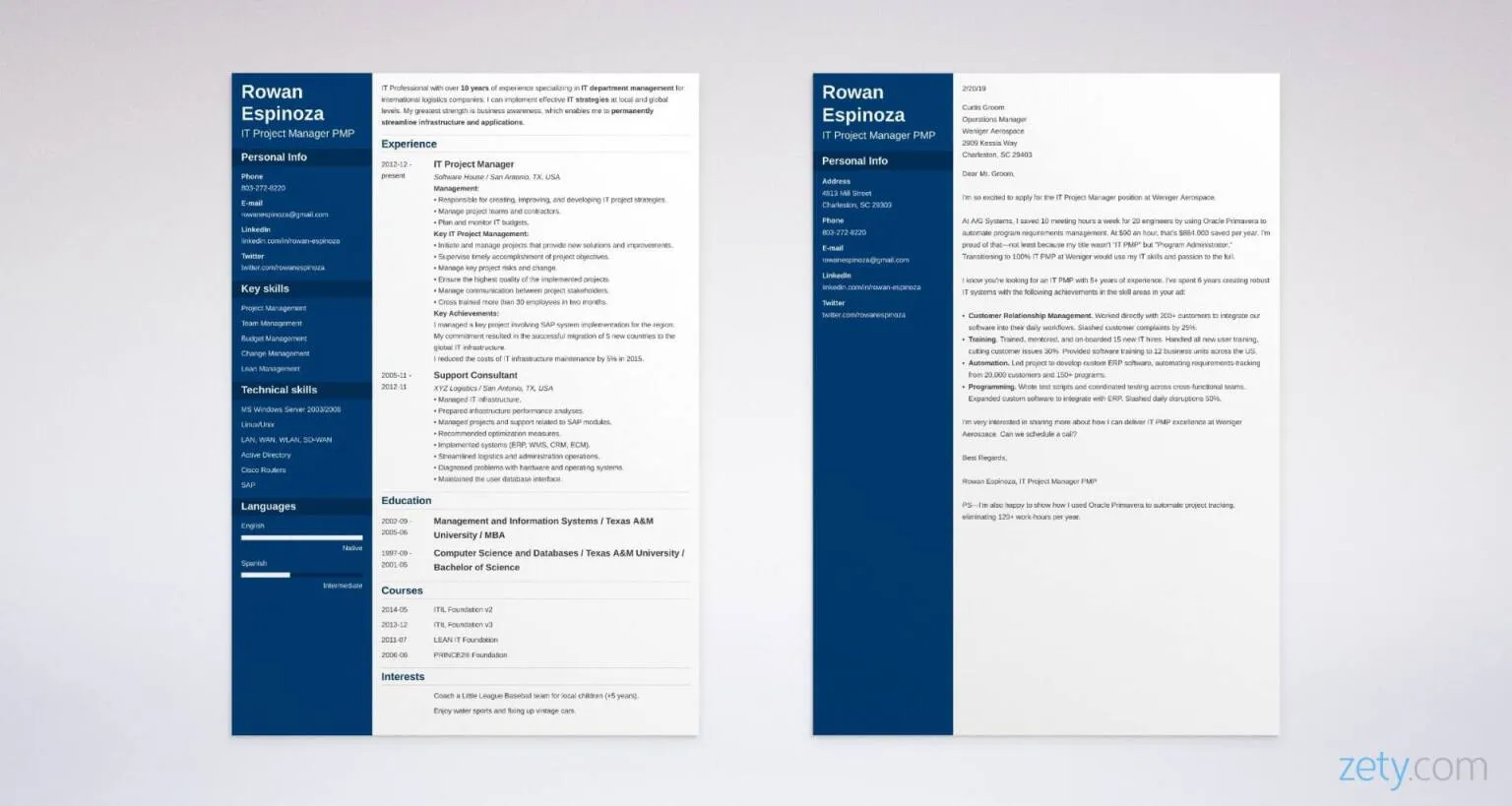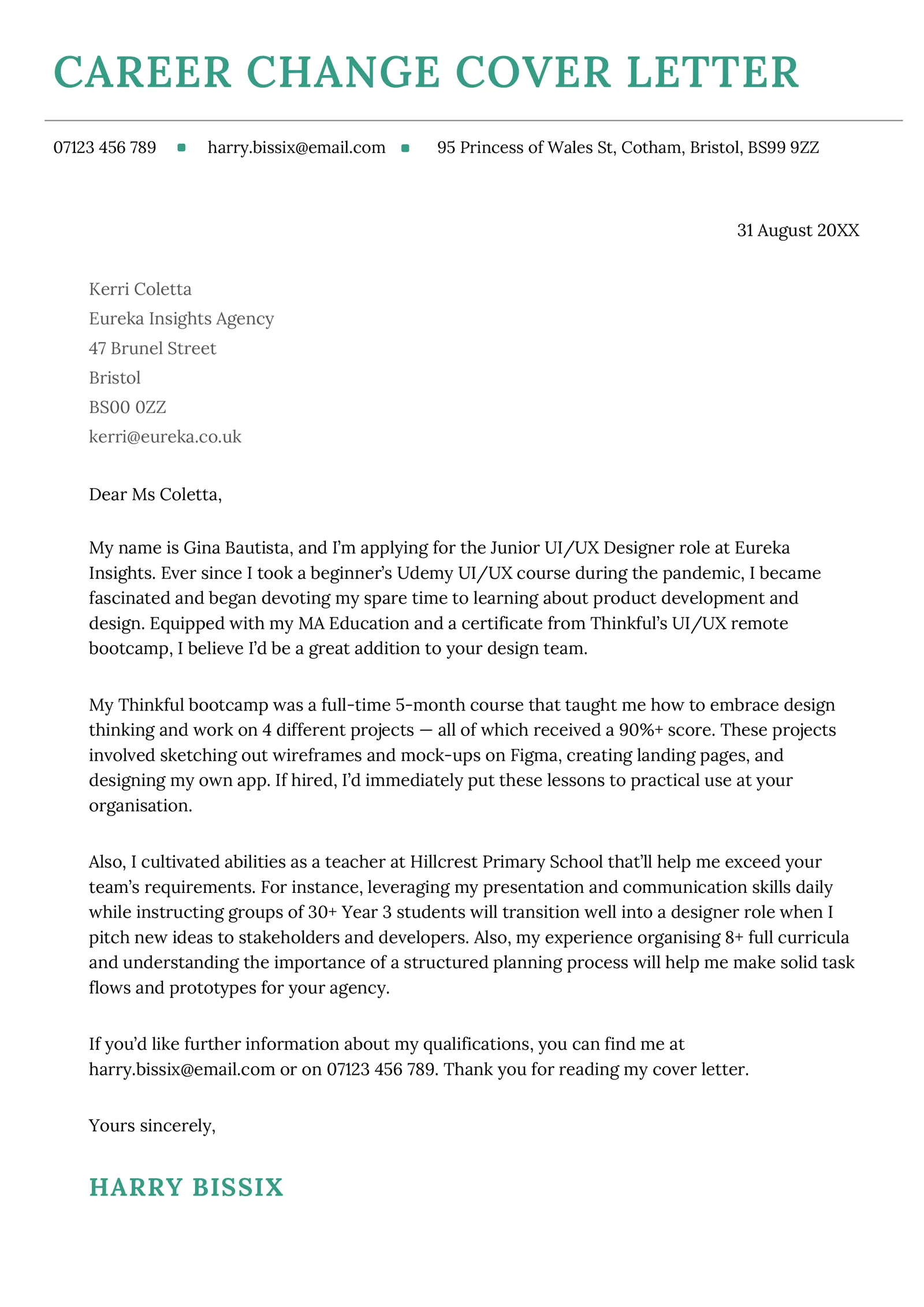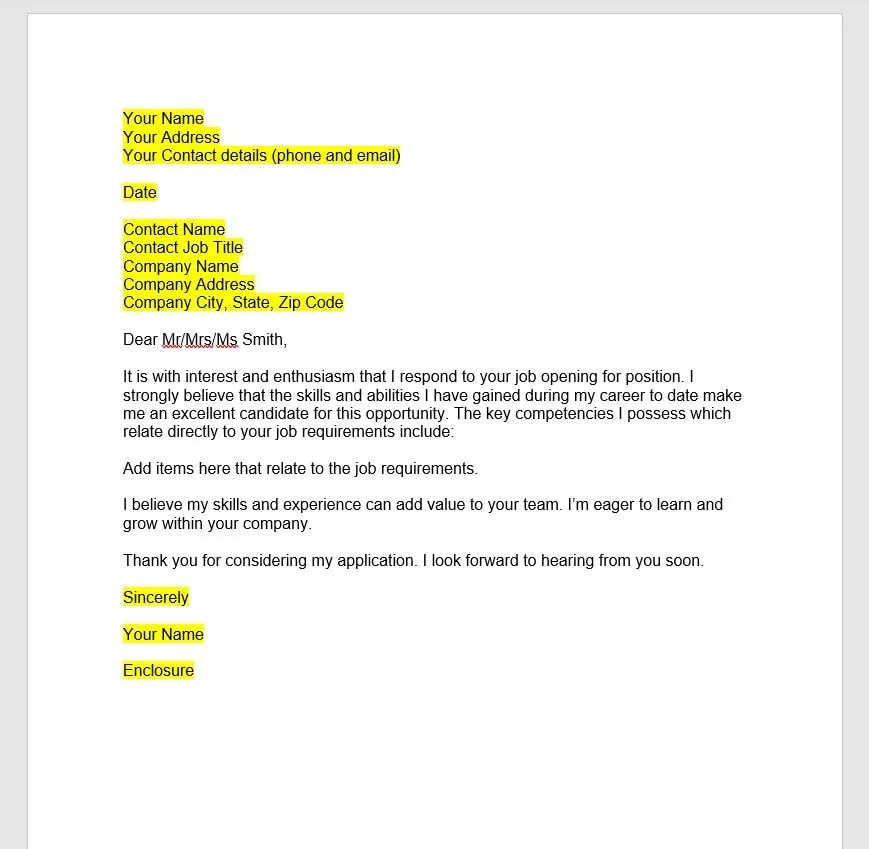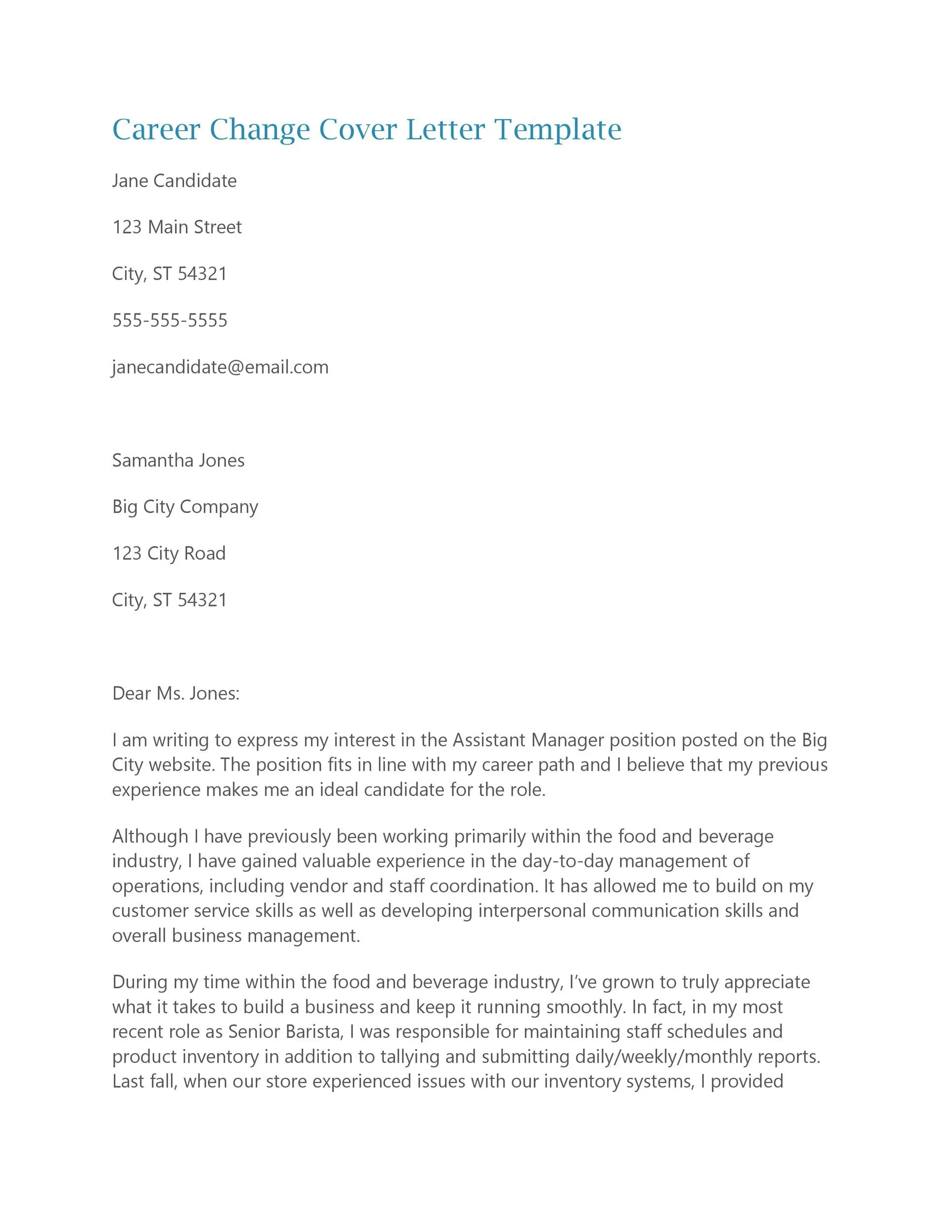Cover Letter: Top 7 Tips for Job Changes
Changing jobs is a significant step in any career, and a well-crafted cover letter can be your key to unlocking new opportunities. This guide offers seven essential tips to help you create a compelling cover letter that effectively showcases your skills, experience, and enthusiasm for your next role. Whether you are looking for a complete career shift or a similar role in a new company, this guide will offer the support needed. We will discuss how to highlight transferable skills, address job change reasons, and quantify your achievements to make your application stand out. Learn how to tailor each letter for the specific job and how to leave a lasting impression on the hiring manager. Follow these tips and boost your chances of success.
Understanding the Importance of a Cover Letter for Job Changes
A cover letter is not just a formality; it’s your opportunity to introduce yourself and connect your experience to the job you’re applying for. For those undergoing a job change, a well-written cover letter is crucial because it offers context to your resume. It allows you to explain why you are seeking a new position, what you are looking for, and what skills make you the best fit. Unlike your resume, a cover letter allows you to tell a story, highlighting your career progression and aspirations. It provides a space to address any potential concerns a recruiter might have. For example, a gap in employment or a series of short-term positions. A strong cover letter allows you to shape the narrative and present yourself in the best possible light. The cover letter is your first interaction with a potential employer; make sure it tells a compelling story.
Highlighting Relevant Skills and Experience

Focus on skills and experiences that directly align with the job description. Review the job posting carefully and identify the key requirements. Then, in your cover letter, provide clear examples of how your past roles have prepared you for this new opportunity. Don’t just list your skills; illustrate them with specific achievements and quantifiable results. For example, instead of saying ‘Managed social media,’ you might say ‘Increased social media engagement by 30% in six months through strategic content planning.’ This shows the hiring manager not only what you did but the impact you had. Use action verbs to describe your responsibilities, which are dynamic and engaging. This makes your cover letter more compelling and shows you’ve thoroughly considered the role. Highlighting relevant skills and experiences is a crucial part of the job change process. A well-crafted cover letter can often make the difference.
Matching Skills to the New Job Requirements
Carefully analyze the job description to identify the skills and qualifications the employer is seeking. Create a list of your skills that match these requirements. In your cover letter, make sure to explicitly state how your skills align with what the company is looking for. This shows the hiring manager that you’ve done your homework and that you have the capabilities they need. If the job requires proficiency in a certain software or a specific skill set, mention how you have used it in the past and what results you achieved. This targeted approach makes your cover letter more relevant and compelling, increasing your chances of moving forward in the application process. Tailoring your skills to the role is more than just a formality; it’s a strategic move.
Emphasizing Transferable Skills
Even if your experience isn’t a perfect match, highlight your transferable skills. These are skills that you’ve developed in previous roles that are valuable in your new role. Examples include communication, problem-solving, leadership, project management, and time management. Provide examples of how you used these skills in different contexts to achieve positive outcomes. For instance, if you are changing industries, focus on how your project management skills helped you deliver projects on time and within budget. This shows that you can adapt and succeed, regardless of your specific industry experience. Emphasizing transferable skills is very important when changing jobs because it shows you’re adaptable and have the right skills to succeed.
Showcasing Your Adaptability and Growth

Use your cover letter to showcase your ability to adapt and learn. Highlight instances where you’ve taken on new responsibilities, acquired new skills, or successfully navigated challenging situations. This demonstrates your willingness to grow and take on new challenges. Mention any professional development activities you’ve undertaken, such as courses, workshops, or certifications, that are relevant to the job. Talk about a situation where you overcame a problem, how you handled it, and what you learned from it. Show how you have grown with the job, the industry, or a shift in your career path. This not only shows you can adapt, but also shows your employer your desire to learn and grow with the role and company. Employers are seeking candidates who are able to adapt to change.
Addressing the Reason for Your Job Change
Be honest and concise about why you are seeking a new job. This is a good time to demonstrate your enthusiasm for the role and the company. Avoid negative comments about your previous employers. Instead, frame your reasons positively, focusing on your career goals and what you are looking for in your next role. If you are seeking a job change for growth opportunities, state that you are eager to expand your skills. If you are seeking a new role in a new company, mention how you align with the company’s mission and values. This can show that you’ve considered the new role carefully. This helps you shape the narrative of your career trajectory and showcase the value you will bring to the new position.
Be Positive and Proactive
Maintain a positive and proactive tone throughout your cover letter. Even if you are leaving a less-than-ideal situation, focus on the opportunities and growth your new role will offer. Express enthusiasm for the role and the company. Show how your skills and experience align with the company’s values. Convey your excitement about the opportunity to contribute to their team. A positive tone can make your cover letter more engaging and demonstrate your enthusiasm. Use confident and proactive language, such as ‘I am eager to,’ ‘I am confident that,’ and ‘I am excited to.’ This conveys a sense of purpose and drive, which can make a positive impression on the hiring manager.
Quantifying Accomplishments

Use numbers and data to demonstrate the impact of your accomplishments. Instead of saying ‘Improved customer service,’ say ‘Increased customer satisfaction scores by 15% in six months.’ This shows specific, measurable results that the hiring manager can understand. Whenever possible, use metrics to highlight your achievements in previous roles. Provide concrete examples of how you have contributed to your past companies. This gives the hiring manager a clear understanding of your capabilities. Quantifying accomplishments makes your cover letter more compelling and helps you stand out from other applicants. Use metrics to show the value you will bring to the new position, which makes your application more compelling.
Tailoring the Cover Letter to Each Application
Never send a generic cover letter. Always tailor your cover letter to each job application. Make sure to address the specific requirements of the job. Research the company and customize your letter to match their culture and values. This shows that you are genuinely interested in the role and have put thought into your application. Customize the letter to the role you are applying for, highlighting the skills and experience that match the requirements. This helps you to make a strong impression. Personalizing the letter shows your willingness to go the extra mile. This increases your chances of getting an interview and demonstrates your interest in the role.
Proofreading and Formatting Your Cover Letter
Proofread your cover letter carefully for any errors in grammar, spelling, and punctuation. Errors can undermine your credibility and give the impression that you are not detail-oriented. Ask someone else to review your cover letter. Make sure the formatting is clean and professional. Use a clear font, appropriate margins, and consistent spacing. Avoid lengthy paragraphs and make sure your letter is easy to read. A well-formatted and error-free cover letter is important because it reflects your professionalism. Ensure that the font is easy to read and the margins are aligned. Proofreading and formatting can increase the chances that the reader will be impressed with your cover letter.
The Power of a Strong Closing

End your cover letter with a strong closing. Reiterate your interest in the role and express your enthusiasm for the opportunity. Thank the hiring manager for their time and consideration. Include a call to action, such as ‘I look forward to the opportunity to discuss my qualifications further in an interview.’ Avoid generic phrases such as ‘Sincerely.’ Instead, opt for something more personal and enthusiastic, like ‘Thank you for your time and consideration. I am very excited about the possibility of joining your team.’ The closing is your last chance to make a positive impression, so make it count. A strong closing reinforces your enthusiasm and gives the hiring manager a clear call to action, improving your chances of getting a job offer. A good closing is crucial, as it leaves a lasting impression on the reader.
